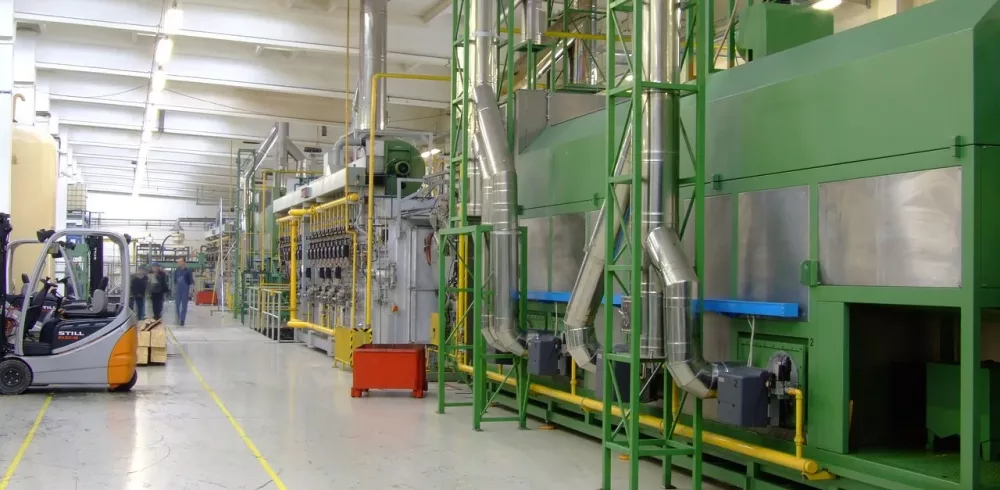Machine Modifications and Subsequent Requirements : The following article attempts to demystify the boundary and subsequent requirements regarding modification or integration works to existing equipment and what would be considered the production of a new machine. It is worth noting that some equipment may also be subject to other regulations such as LOLER and EMC regulations however these shall not be discussed in this article.
The information is largely relevant to site managers and machinery integrators however is useful information to all machinery stakeholders.
Introduction
PUWER (Provision and Use of Work Equipment), places duties on people and companies who own, operate or have control over work equipment. PUWER also places responsibilities on businesses and organisations whose employees use work equipment, whether owned by them or not.
In recent times more and more operators, H&S personnel and business owners are aware of PUWER and their duties in relation to compliance. As a result of this, and the changing technological landscape, section of plant, or individual assemblies are updated, modified or completely refurbished with new equipment, whether because the equipment in use is nearing the end of its lifecycle or because through the results of assessment, the need for modification has been identified.
What is not so well understood is the link between PUWER and The Supply of Machinery (Safety) Regulations. At what point does an organisation carrying out modification works to an existing machine, become a ‘manufacturer’, what legislative requirements outside of PUWER now apply? Will PUWER still apply to the ‘manufacturer’ that places a machine ‘into service’?
Assessing the change
In order to identify what requirements are relevant, an assessment of the changes must first be carried out. Whether the modifications are small elements, such as a single device, or to whole sections of a machine assembly or process line, is irrelevant. What matters is the extent of the modifications and how these affect the potential or actual hazards, the operational control strategy and safety aspects of the machine. For example removal of an interlocked access door and replacement with a light curtain.
Maintenance works
Some works carried out on machinery do not require any additional activities beyond those required by PUWER. Replacement of safety devices, interchangeable equipment or installation of devices considered as spares are activities that would not change the initial scope of the machine as supplied by the manufacturer. The Declaration of Conformity (DoC) and CE mark provided with the machine in this situation, remains valid.
Inspections are still required under Regulation 6 of PUWER to ensure equipment is installed and maintained to provide adequate protection.
Modification
Substantial changes to machinery such as modifications that change the way in which it is controlled or if integrated/linked with other machinery, would make the existing DoC invalid. This would then require new assessment and certification.
The Health & Safety Executive outlines the different situations where the certification is required, even if the machinery had been certified when first placed on the market or put into service:
- machinery is modified so much that it should be considered as ‘new’ machinery;
- machinery refurbishment with a different safety package;
- an existing assembly of machines is modified; and
- machinery modified before it is first put into service
Further guidance on what is considered ‘substantial’ and ‘non substantial’ can be found within the CEOC International document ‘Modification of Machinery in Service – Guide for Inspection’.
End Users, Manufacturers and relevant Responsibilities
On making any substantial changes to machinery either in service or prior to putting into service, the end user takes on the responsibilities of a manufacturer and must certify the ‘new machine’ ensuring they are able to demonstrate compliance. An essential part of this is the production of a technical file.
Part 7 Annex VII of The Supply of Machinery Safety Regulations lists the requirements and procedure for compiling a technical file which include:
- the documentation on risk assessment demonstrating the procedure followed, including:
- a list of the essential health and safety requirements(EHSR’s) which apply to the machinery,
- the description of the protective measures implemented to eliminate identified hazards or to reduce risks and, when appropriate, the indication of the residual risks associated with the machinery.
- a copy of the instructions for the machinery,
- Where appropriate, the declaration of incorporation (DoI) for included partly completed machinery and the relevant assembly instructions for such machinery,
On putting the ‘new machine’ into service the ‘manufacturer’ once again takes on the responsibilities of the end user or employer and must ensure to comply with the requirements of PUWER including:
- Ensuring the equipment is suitable for its intended purpose.
- Carrying out regular maintenance to ensure safety.
- Ensuring the equipment is only used by people who have received adequate training.
- Ensuring the equipment is inspected by a competent worker.
Finch Consulting
If you need any assistance with any of the above please get in touch with Finch Consulting who have a collection of expertise and body of knowledge that will be able to assist with your requirements and/or advise accordingly.
The Nest, Ivanhoe Office Park, Ashby de la Zouch, Leicestershire, LE65 2AB
- mobile +44 7596 881787
- office +44 1530 412 777
- jim.creswell@finch-consulting.com
Machine Modifications and Subsequent Requirements
Manufacturing & Engineering Magazine | The Home of Manufacturing Industry News















